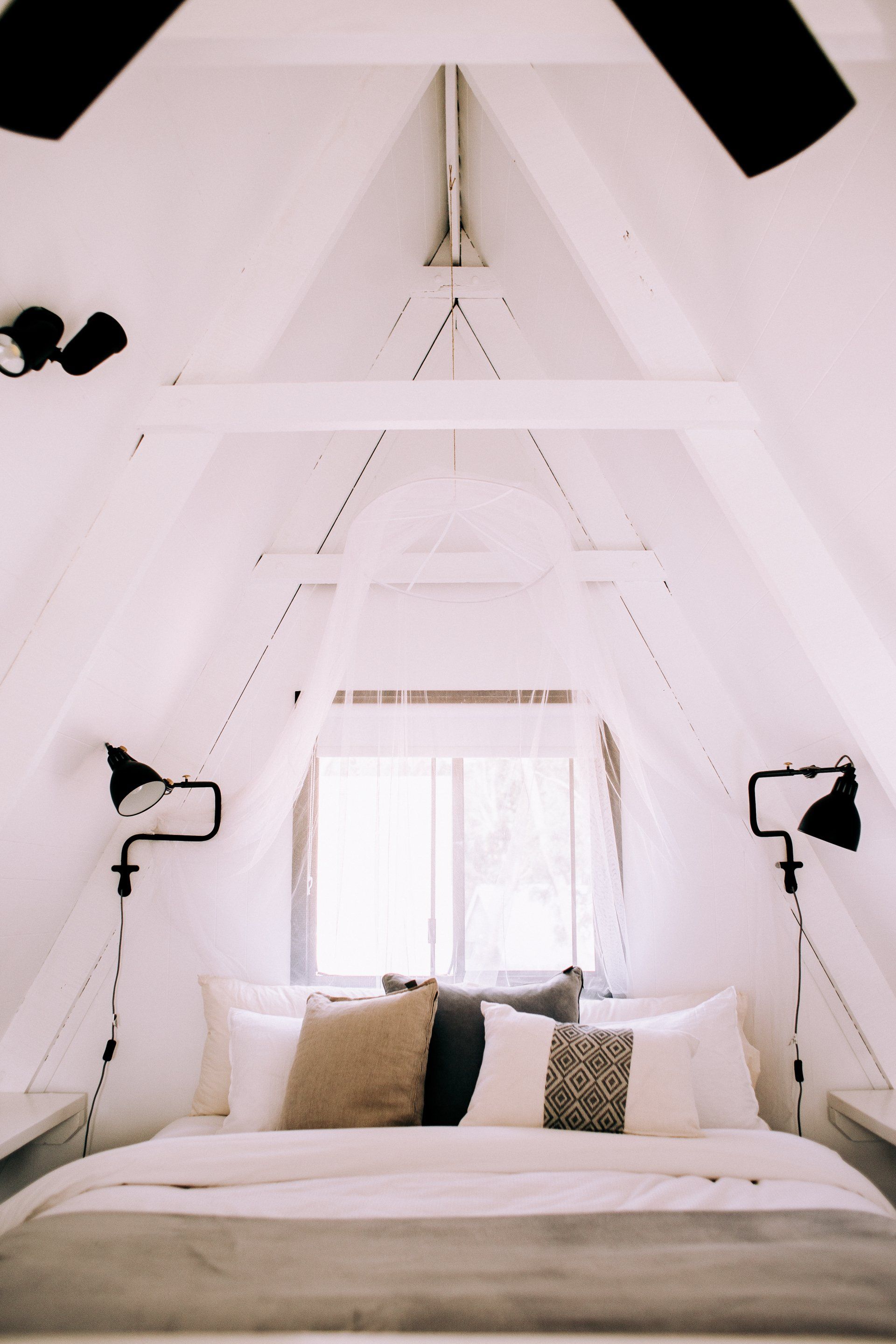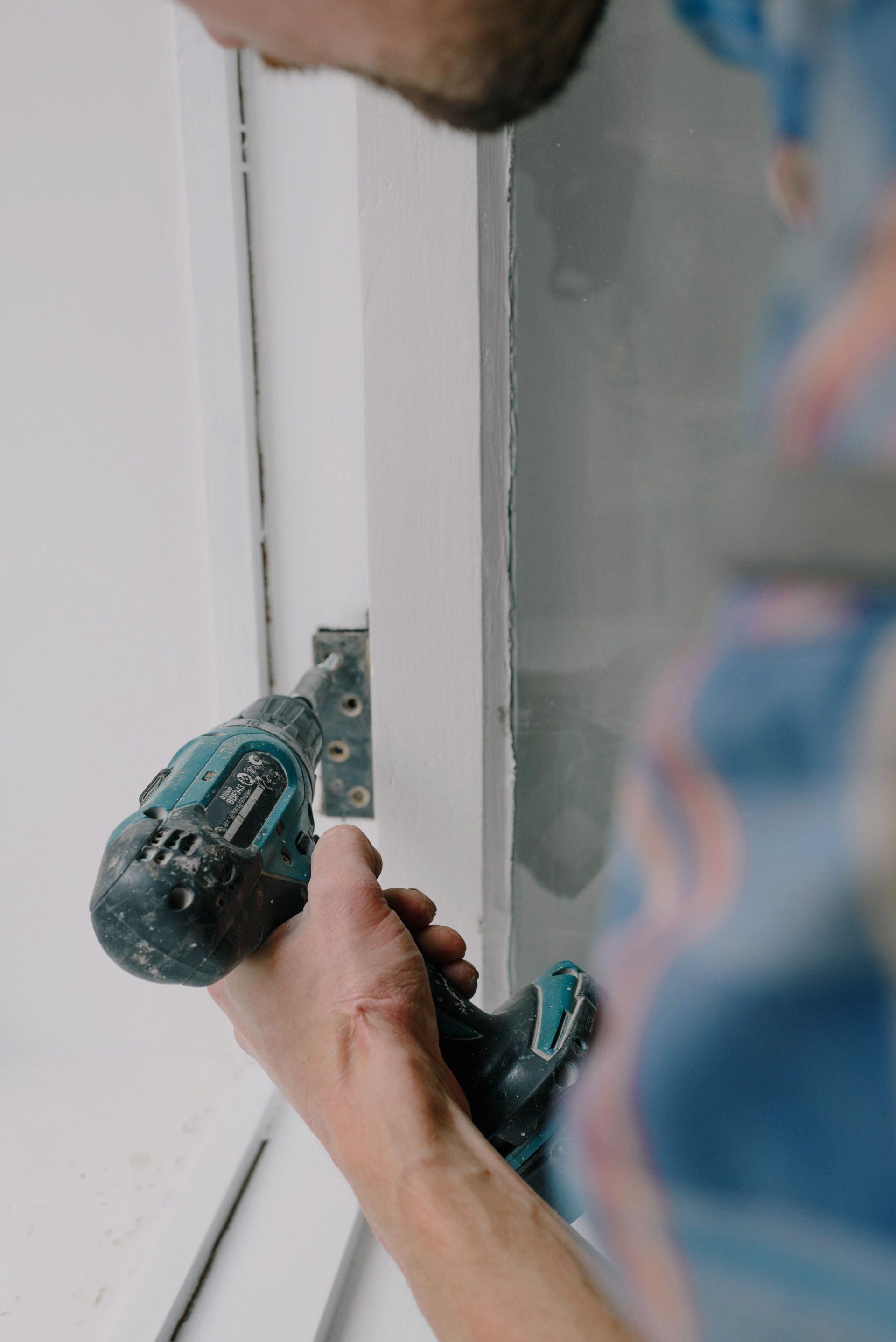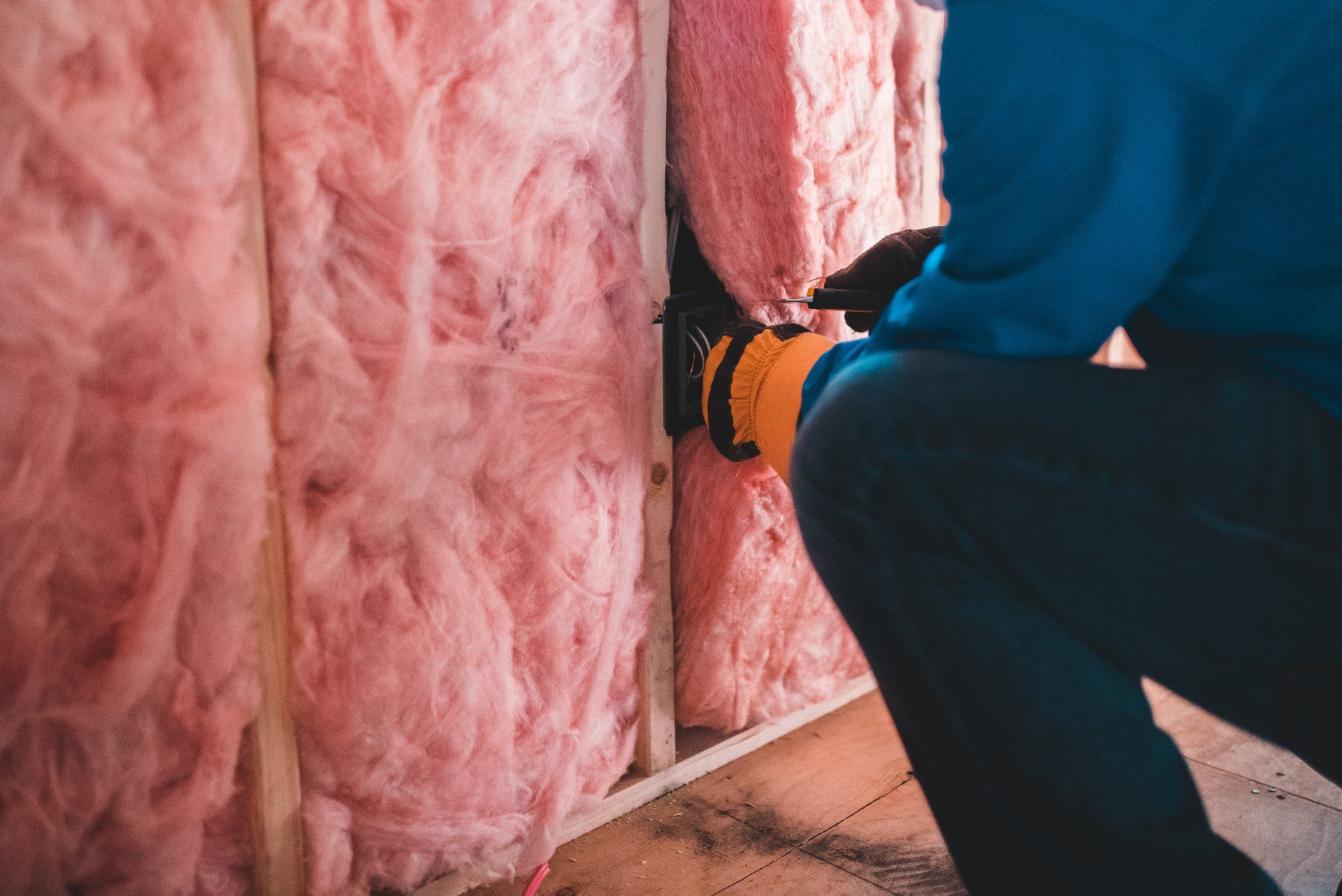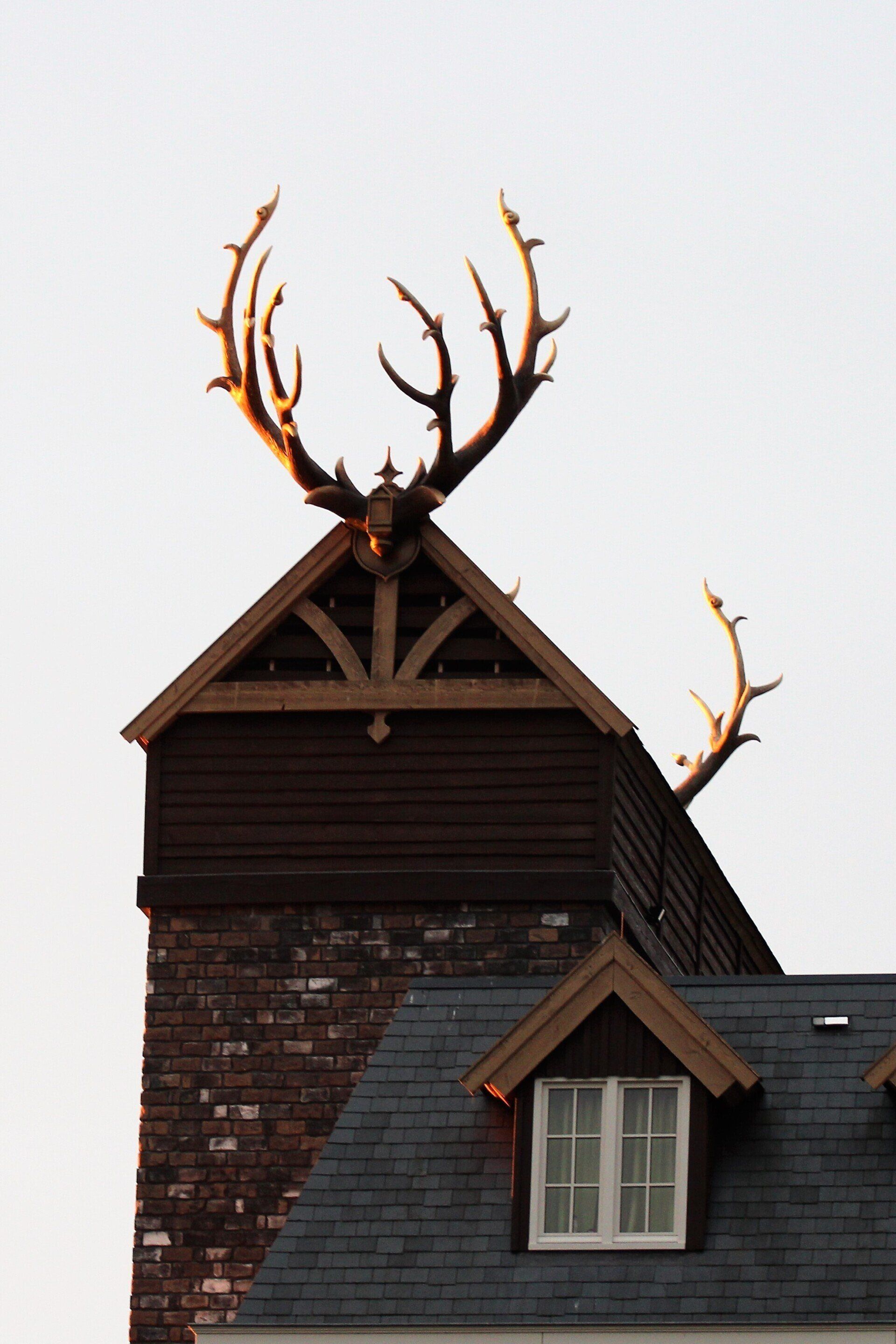What is the most effective insulation material?
What is the most effective insulation material?
When you're building a brand new house or renovating an existing house, there are a lot of choices to make. The design and aesthetic of your home are much more enjoyable to think about than issues like the insulation you choose to install. However, these decisions are crucial for the long-term performance of your home. In addition, they can impact resales just as much as the appearance or quality of the shower in your master bathroom.
Regarding the temperature inside your house, you must always keep in mind that heat usually seeks an exit. In winter, temperatures rise to the ceiling and then away from you. It also seeks out more cold areas in your house, such as the garage, attic, or basement. If there are cracks or leaks, heat will locate them. If that's not enough, the summer heat will likely try to get into your home. Therefore, the type of insulation you select is vital.
When comparing different types of insulation, keep in mind that they're assessed in relation to their heat resistance, as indicated through "R-value." Selecting the best type of insulation is dependent on your preferences and desire to be environmentally friendly. Attics generally need an R-value of between R-35 and R-45. It is the most heavily insulated portion of your house. It was the case that in past times, many homes had simple fiberglass-insulated rolls. Nowadays, you can choose from alternatives such as foil-faced spray foam, spray foam transparent paper, and straw core sheets. These are only some of the options offered.
If you're beginning from scratch and building your own home, using concrete forms that are insulated and literally putting the insulation in the structure of your house is the best way to go to ensure maximum efficiency. If you're renovating, an existing house spray foam is the best choice for maximum energy efficiency. The cellulose and fiberglass that is loose can also be sprayed on existing structures. When it's time to improve or add insulation to your home, you should choose one with a suitable R-value for the needs of your home. It will be based upon the condition of the house and the structure, as well as the area in which your home is situated. The house you live in will require different considerations than one located in a different area. However, in the end, your goal should be similar to what you would like to create a strong resistance to the circulation of warm as well as cold air.
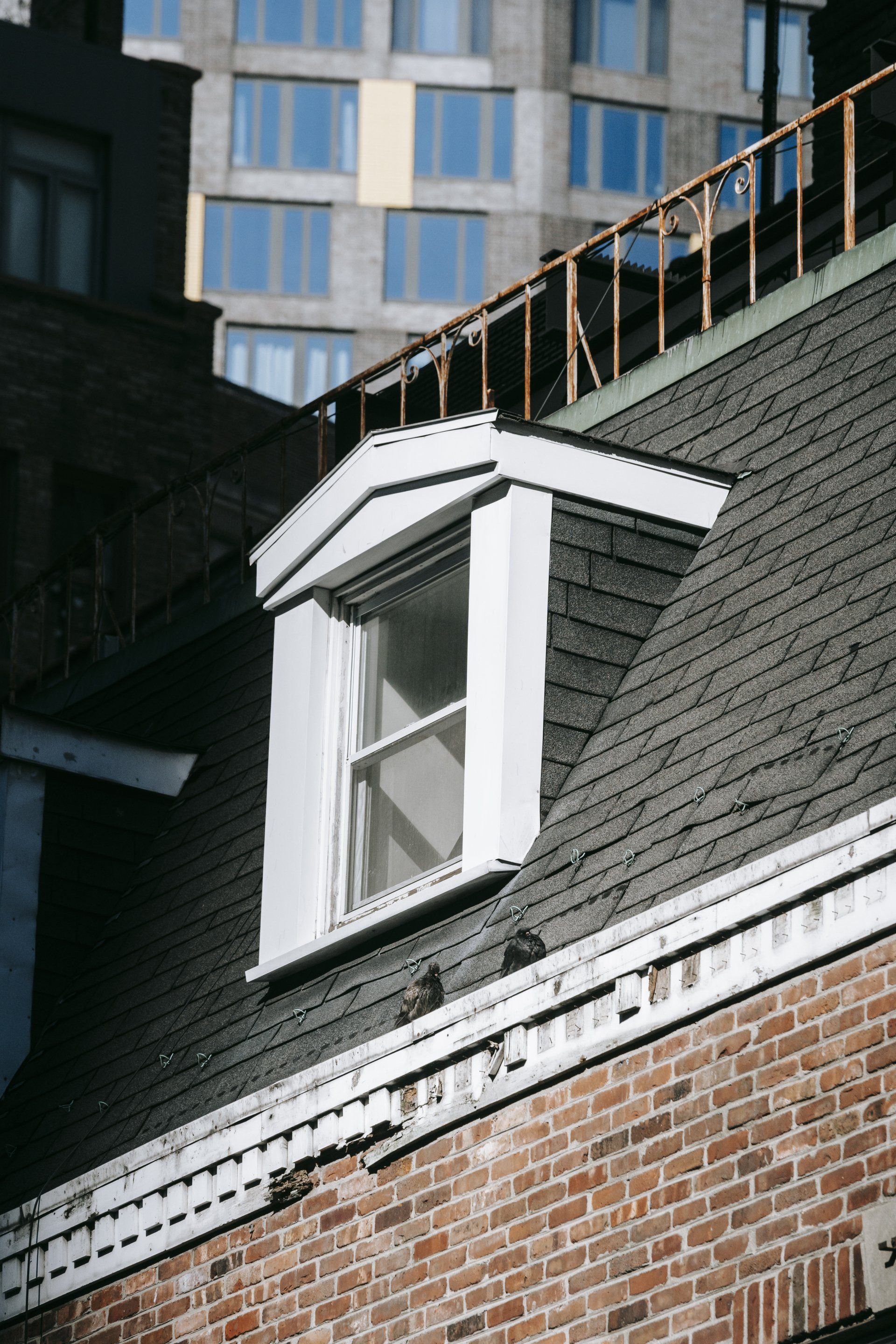
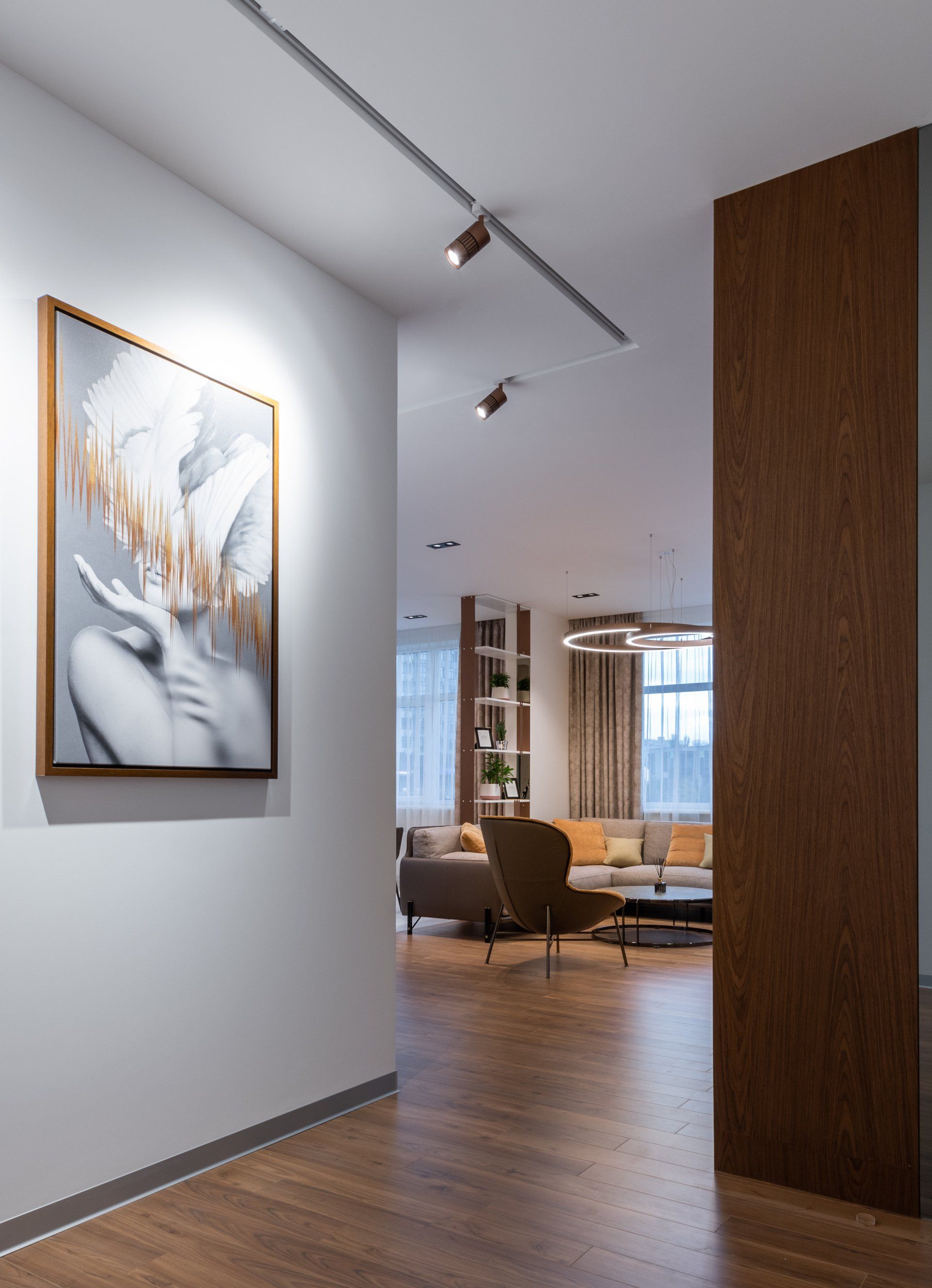
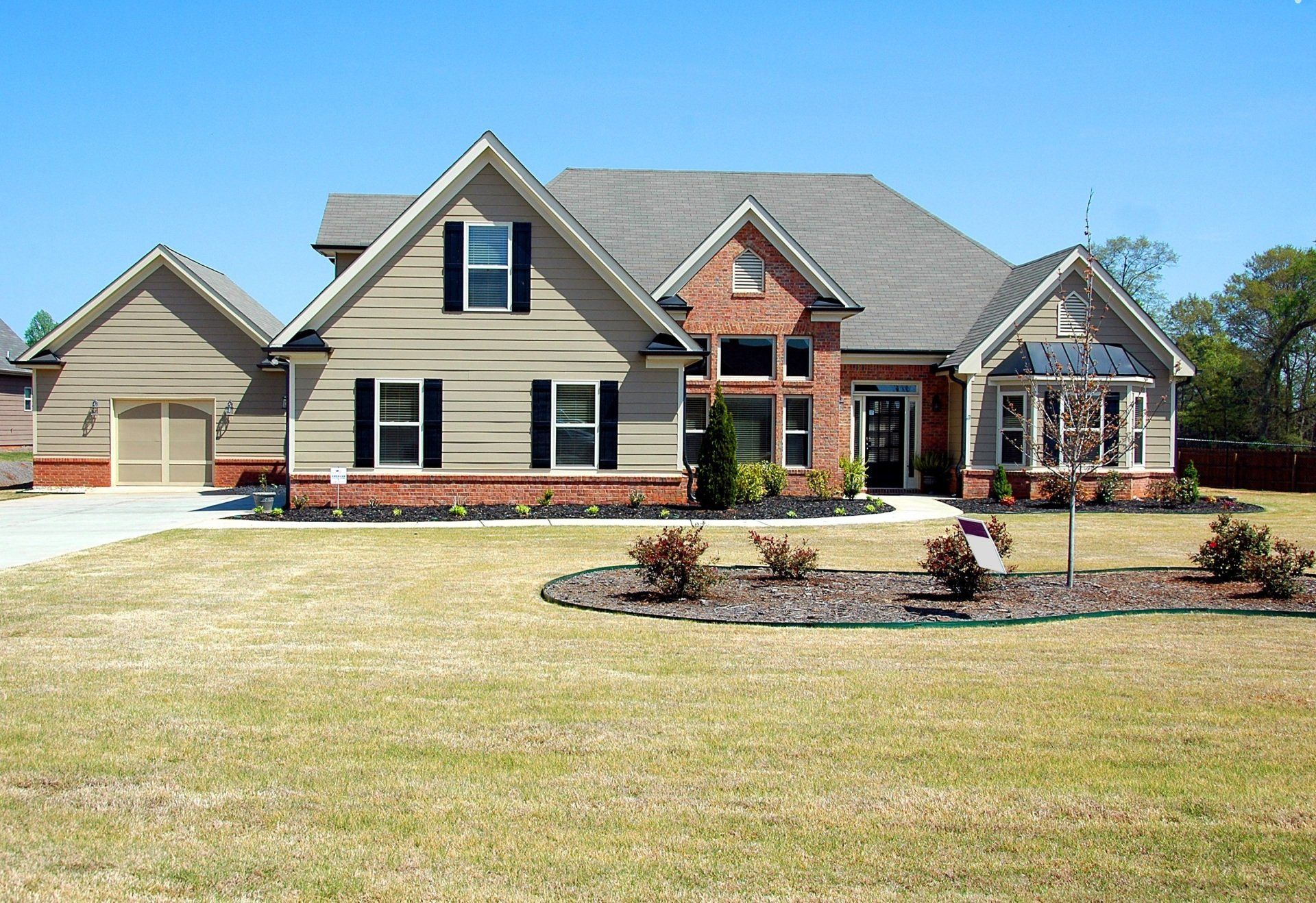
Let’s talk about your project
Fill in the form or call to set up a meeting at (306) 518-8384.
Saskatoon Insulation Quote
We will get back to you as soon as possible
Please try again later
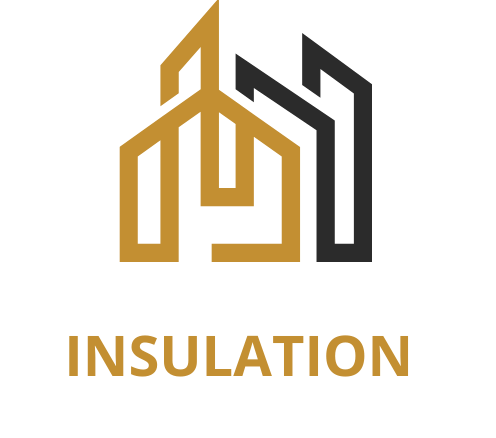
Saskatoon Insulation Pros
110 Banyan Crescent, Unit# 22 A, Saskatoon, SK S7V 1G7
Follow Us
Disclaimer - This is a referral site. All work is performed by a licensed partner company.
